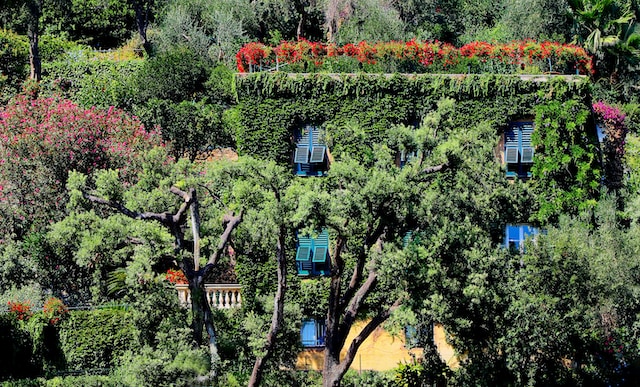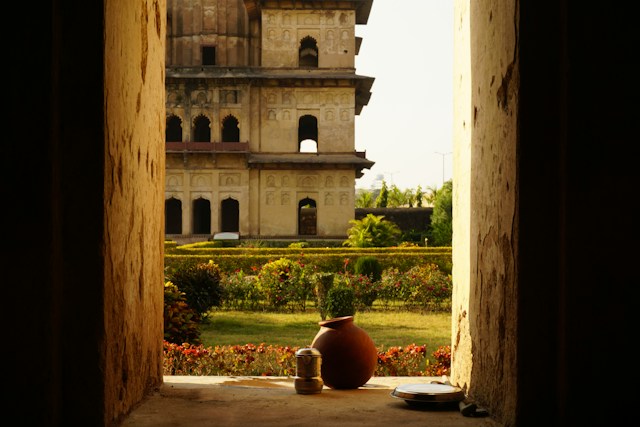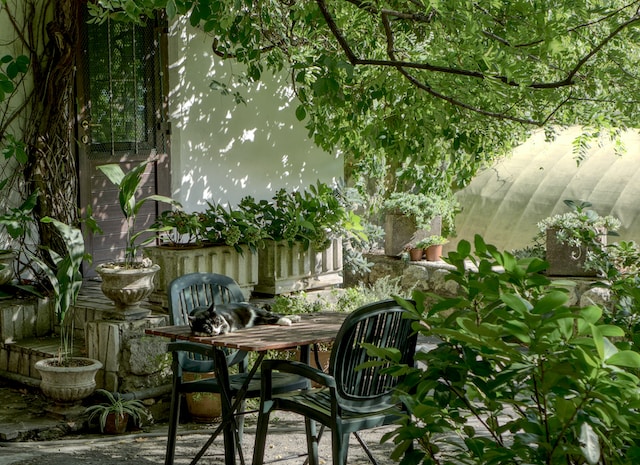Recently I’ve been sharing with you some of the garden designs that I would like to learn more about. This week, I want to talk a bit about Italian Renaissance Gardens. I’ve researched a little bit of their history and their design style. Additionally, I have thought about ways to incorporate elements of that design…
garden inspiration
Frugal Inspiration from Mughal Gardens
Recently I shared with you that there are many different garden designs I want to learn more about. One of these designs is from Mughal gardens. These historic Indian gardens are known for their symmetrical design, use of geometric patterns, water features like pools and fountains, and lush greenery. So, I decided to do a…
Sometimes It’s Nice to Visit Someone Else’s Garden
This past week, my partner and I stayed at an Airbnb with a beautiful backyard garden. We chose it because it was dog friendly and our dogs were the entire reason that we were going there. But, of course, the garden itself was a nice added bonus. And I realized while I was there that…
4 Best TV Shows for Gardeners
One of my favorite ways to get inspiration for creative endeavors is to watch reality TV competitions and other similar shows. For example, I’m a huge fan of shows like Project Runway that get me thinking about fashion design options. There are some great garden-related TV shows out there as well. Of course, if you…



